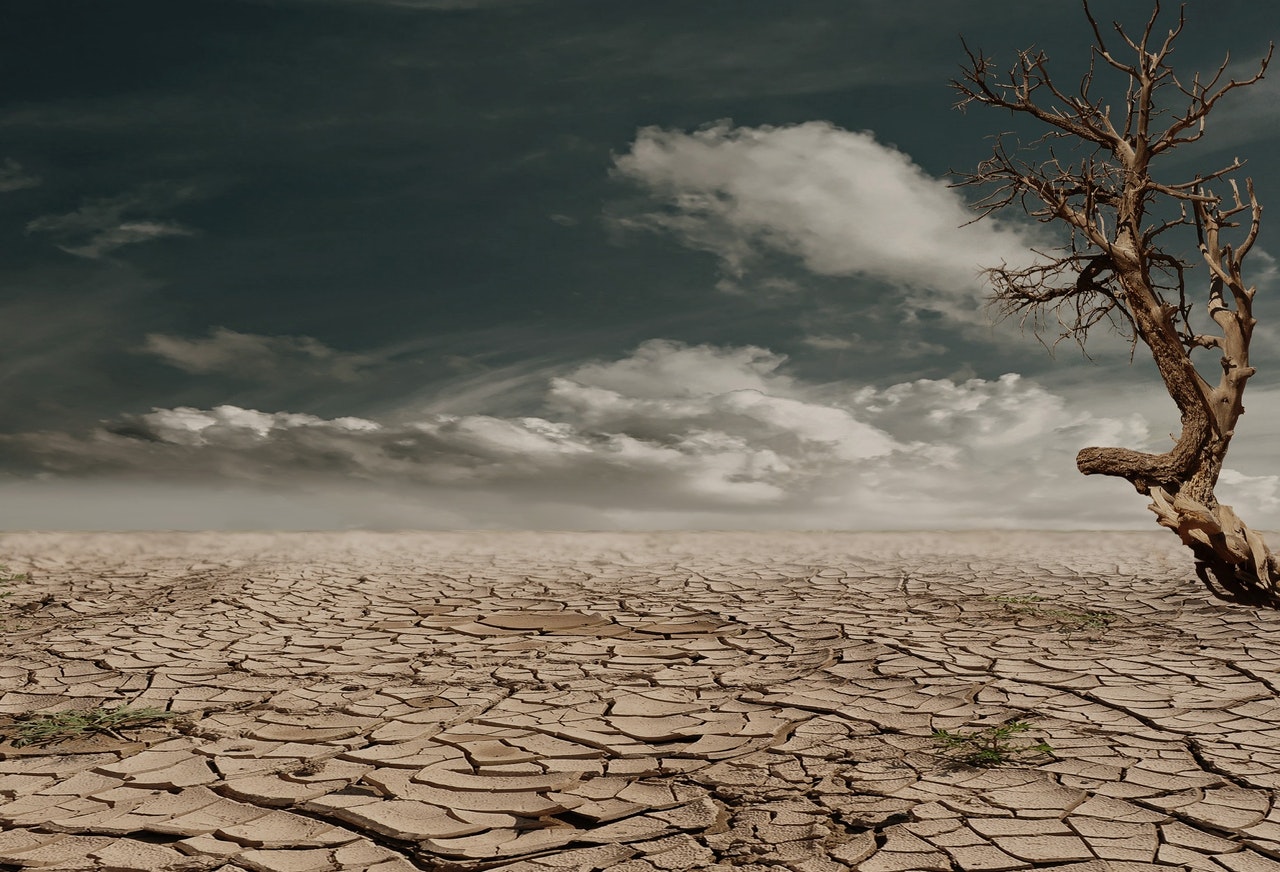
Climate change has become a severe threat to the ecosystem and biodiversity of the planet. Human activities like deforestation and the burning of fossil fuels produce an irreversible impact on our planet’s environment. If we do not take any conscious action, the impacts will worsen in the coming days.
Restoration and protection of nature are going to help mitigate the climate crisis. We all know plants and trees purify the air by removing carbon dioxide and releasing enough oxygen into the atmosphere. If we take care of the nature of our planet, nature will also take care of us. Ecosystem-based adaptation utilizes nature to tackle global warming and other negative repercussions of climate change.
Let us discuss six ways how nature defends the planet from the effects of climate change:
Nature’s Role in Preventing Droughts
Man-made ‘grey infrastructures’ like seawalls, dams, pipelines, water treatment plants, and other water reservoirs ensure water supply during the dry season. However, natural or semi-natural ‘green infrastructure’ provides similar advantages with long-lasting environmental benefits. Restoration of forests is one such system that we should adopt to protect our locality from drastic consequences of drought. Forests have water-retention potential that buffers the effects of drought. Trees absorb excess rainwater and recharge groundwater supplies. It saves the ecological and hydrological conditions in times of drought. When a devastating drought occurred in Rajasthan (India) in 1986, local people started regenerating forests. The method indeed worked to increase groundwater levels.
Nature’s Role in Resisting Wildfire
In 2019, the world witnessed some catastrophic wildfires in Amazon, California, and Australia. Men removed large forest areas for creating ‘fuel break’ lands. But this preventive measure to stop the spread of wildfires has a better alternative. In 2012, after a terrible forest fire in Spain, it was discovered that the Mediterranean Cypress trees could resist fire. These trees retain lots of water in their leaves. The fallen leaves of Cypress trees create a wet environment near the trees’ roots. Savanna trees like Conifer groves also can resist the blaze by forming closed canopies. Plantation of trees as ‘natural firebreaks’ is an intelligent way to prevent wildfire and protect nature simultaneously.
Nature’s Role in Preventing Landslides
Landslide signifies the down-slope movement of rock and soil. Forests bring down the risks of landslides and soil erosion by improving drainage and strengthening soil layers. The roots of the trees anchor the soil and balance the soil’s moisture levels. Trees help soil conservation by forming barriers against debris, rock, and soil slips. Vegetation absorbs water and increases the binding capacity of the soil. Deep-rooted trees decrease the rate of landslides by reducing soil movement.
Significance of Trees to Prevent Desertification
Desertification refers to land degradation in dry areas. The process of desertification results from human activities and other climatic variations like fire, drought, deforestation, overgrazing, etc. Expansion of deserts is now an ongoing threat. According to a report, a 10% expansion of the Sahara Desert has been noticed since 1920. To halt the process of desertification, Governments of 21 African countries have launched projects of growing shrubs and trees in several places of Africa. The government of Sudan is also trying to plant ‘shelter belts’ or lines of trees to protect their land from desertification.
Importance of Nature to Reduce Heatwaves
Excessive refrigerators and air conditioners in urban areas emit many greenhouse gases. Though these home appliances keep our houses cool, they heat our planet’s atmosphere. In this situation, trees can help us by lowering the temperature of air through evapotranspiration and by providing shade. Thus, trees can bring down summer temperatures by 1-5° C. Directly or indirectly, trees in urban areas decrease the demand for air conditioners. Plantation of trees is used as a mitigation strategy that major cities of the world are now eager to adopt to reduce heatwaves, purify the air, and lower greenhouse gas emissions.
Role of Forests to Combat Storm and Coastal Flooding
Nature-based solutions help to solve various problems related to climate change. Due to the impact of global warming, sea levels are rising rapidly. Coastal communities are facing severe floods once or twice a year. To combat coastal flooding, coastal ecosystems act as seawalls. Coral reefs and mangrove trees lower the height and force of the waves. Thus, they resist water from breaching over into the locality of people. Mangrove trees reduce soil erosion during floods and storms. As a part of our climate activism, we should plant mangrove trees in the coastal areas. Sundarban mangrove forests protect many of West Bengal, including Kolkata, from storms and floods.
What are your thoughts on nature’s role in combating global warming and climate change? Join Lowsoot Discord Community and discuss your views with like-minded people who care about the environment as you do.